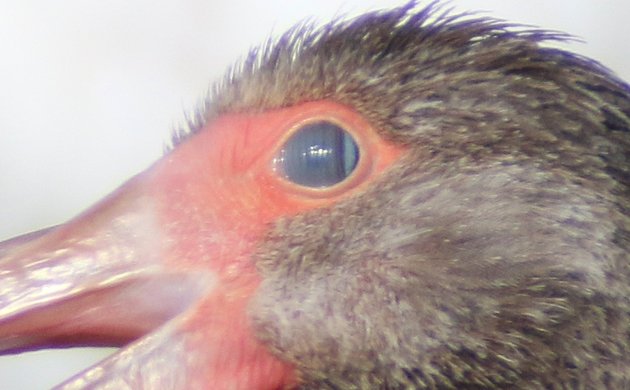
A nictitating membrane is a third eyelid that is translucent or clear. It is used as an extra level of safety for the eye and allows the creature that has it to still see while affording its eyes an additional amount of protection. Some birds, reptiles, and sharks have nictitating membranes as well as a few mammals. (Though many mammals have a vestigial nictitating membrane that does not cover the whole eye.) Unlike the first and second eyelids, which open and close vertically and meet in the middle of the eye, the nictitating membrane moves across the entire eye horizontally.
The membrane provides protection, but it also allows the eye to be moisturized without the bird losing sight. This is extremely helpful for birds of prey flying at high speed, as it prevents their eyes from drying out. The protection aspect is probably more handy for birds that search for food underwater.
This is a Great Egret with the nictitating membrane closed.
Here is the same Great Egret with the nictitating membrane only halfway across the eye.
And this is the same bird with the nictitating membrane fully open.
Some species look particularly creepy when their nictitating membrane is closed.
Black Vultures are on no one’s list of attractive birds but when they close their nictitating membrane, which helps protect their eyes as they bury their head in a carcass, they look downright demonic.
This is a close-up of a Black Vulture’s eye as the membrane closes.
I don’t think that I have heard of birds without a nictitating membrane but I have not been able to find anyone willing to say that they all have one. If anyone out there knows of any species that lack a nictitating membrane please let me know in the comments!
No, this Florida Scrub-Jay is not possessed by the devil, though you might have a hard time convincing a Florida real-estate developer of that!
…


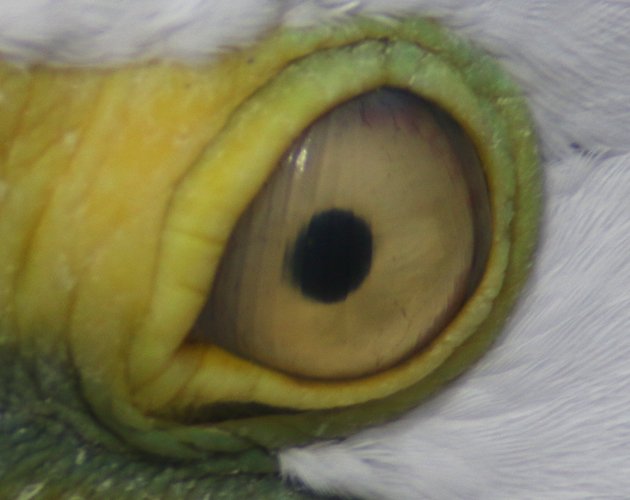
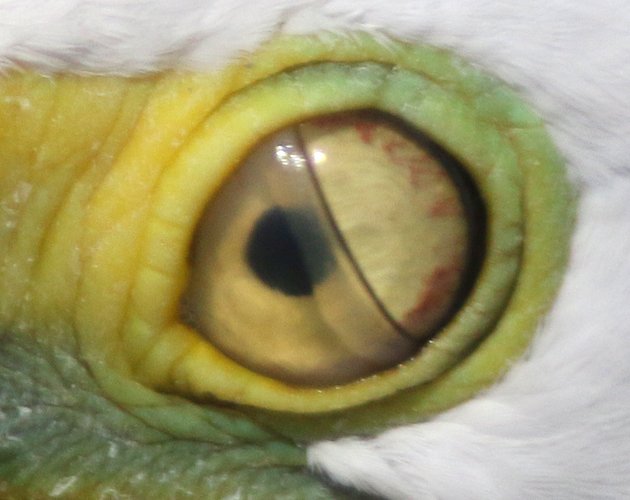
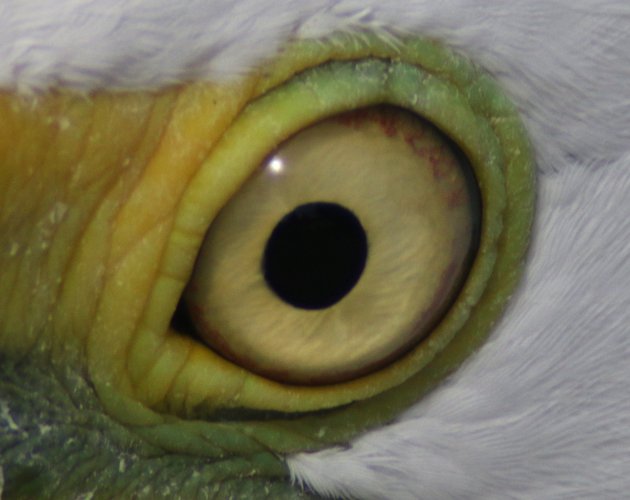
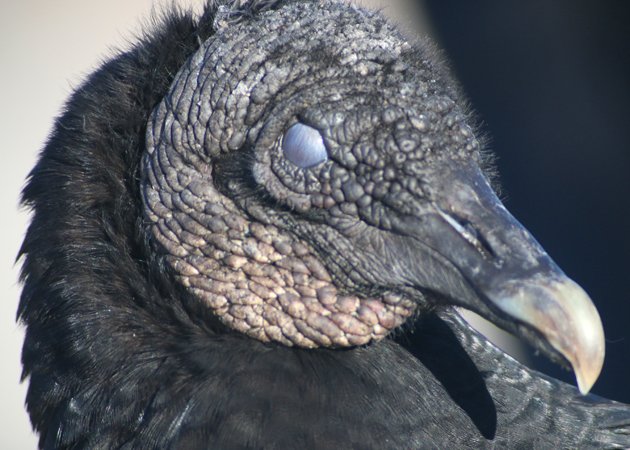
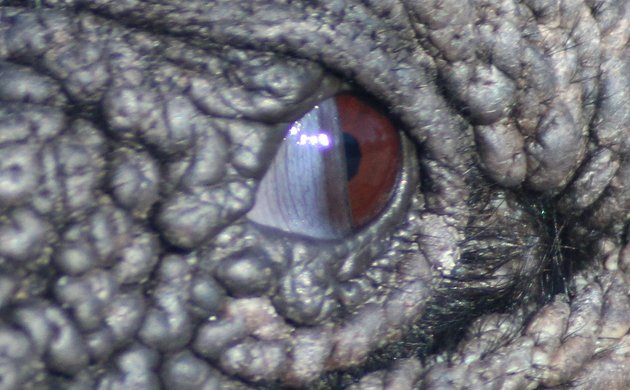
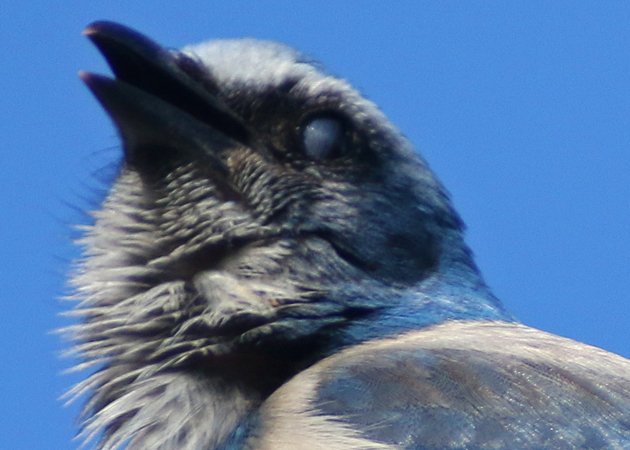











If these birds are featured in the planned WW Z sequel, we know Brad Pitt is reading 10,000 Birds!
Interesting Information
Thank you very much for that very interesting information. It is what I have learnt in the last 24 hours and that is good. Again, thank you very much. Elizabeth.